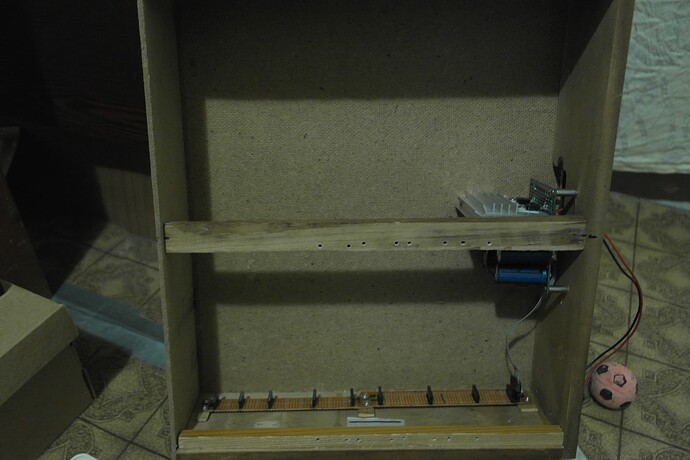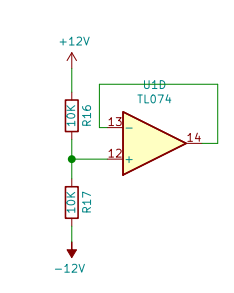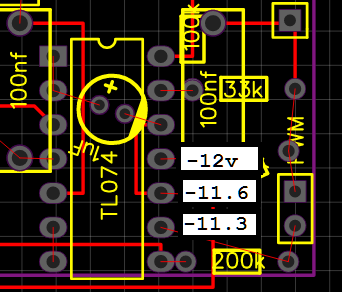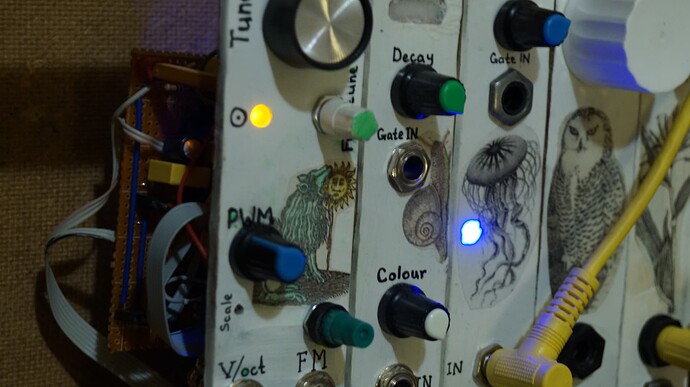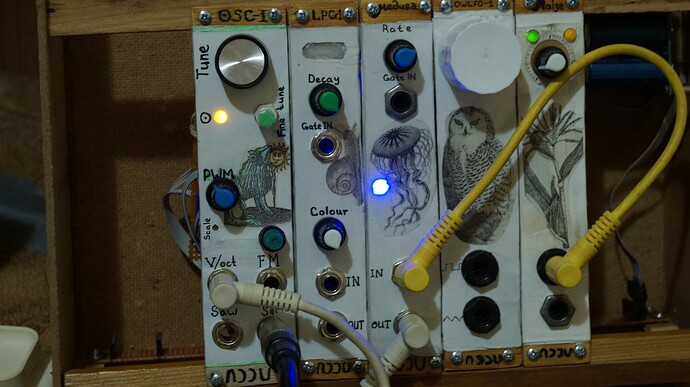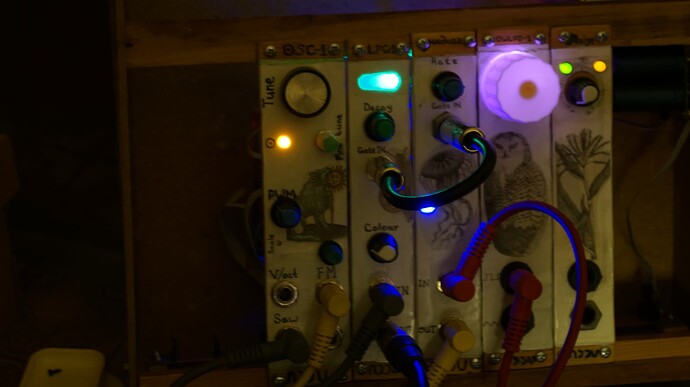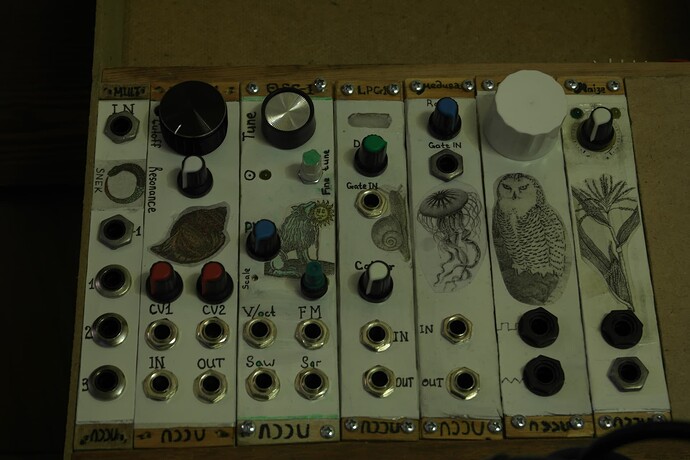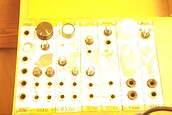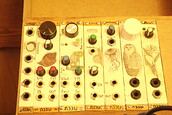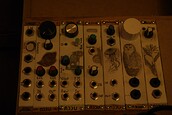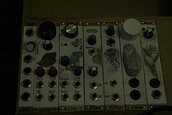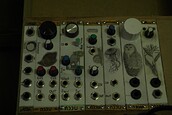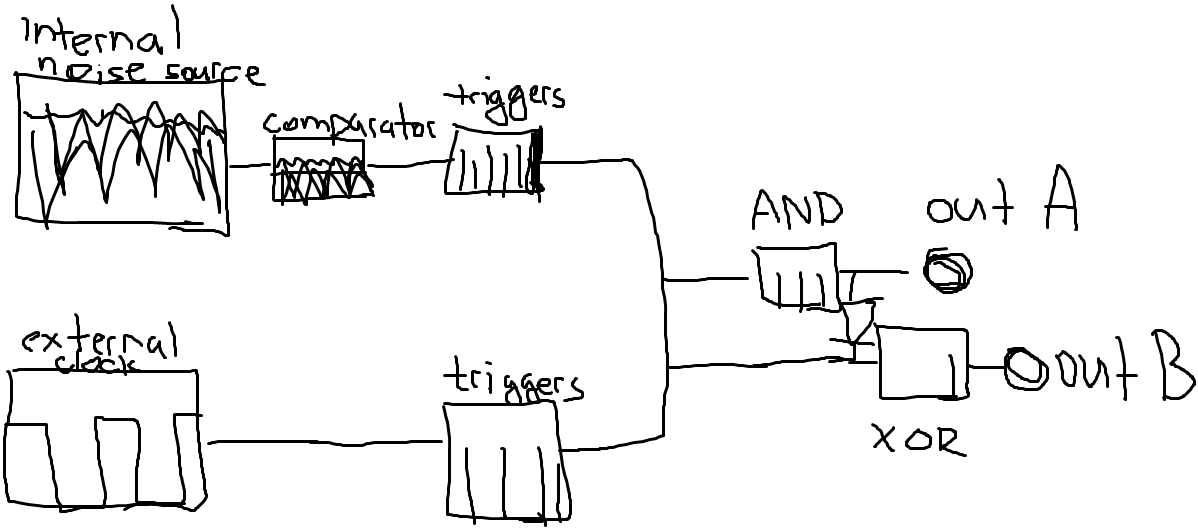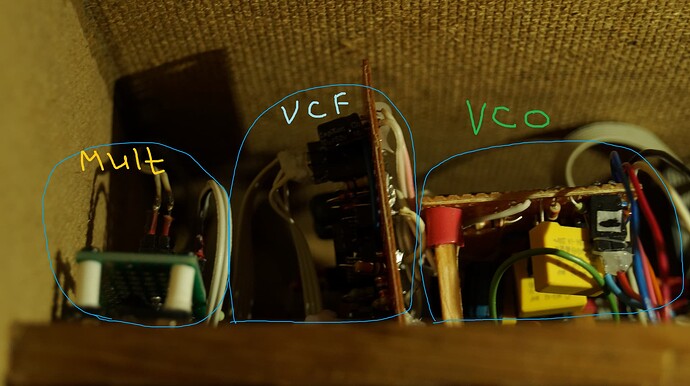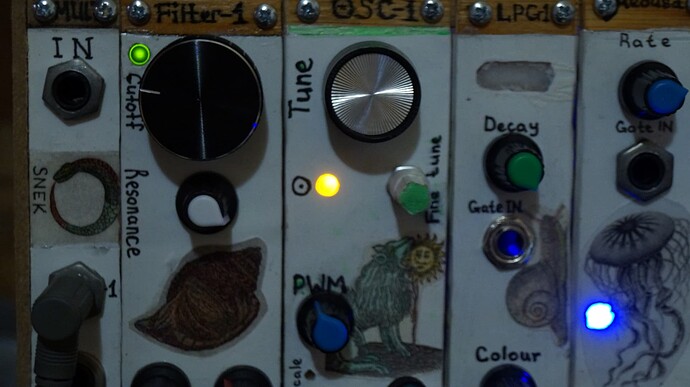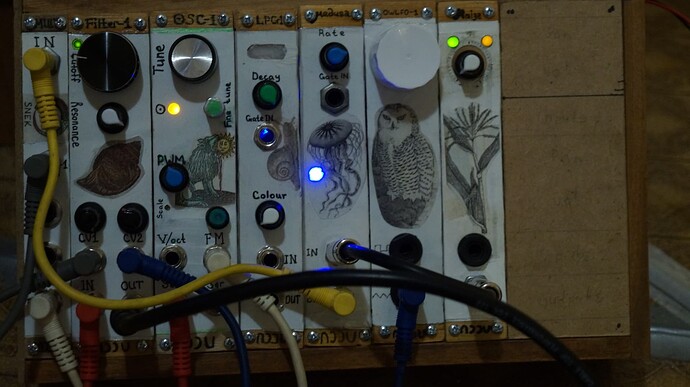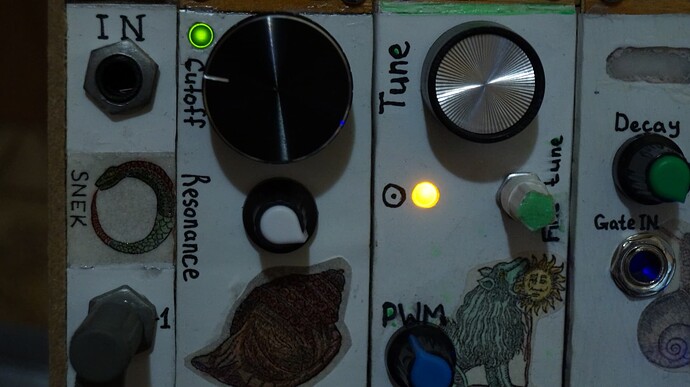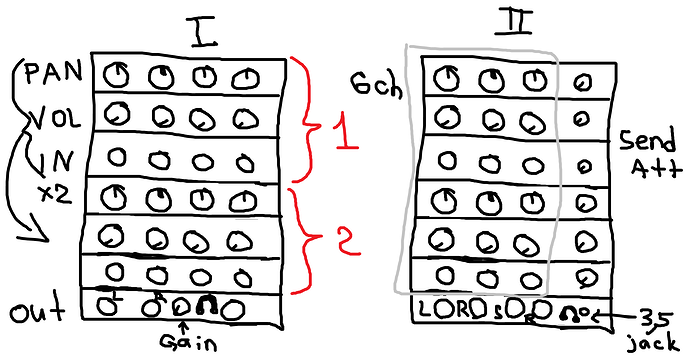An update on LPG and other stuff.
I redid most of the confusing wiring in my Oscillator project. Now it should go more smoothly, I hope. It still isn’t ideal, but I have noone to blame, yeah. Next time I would do it very differently.
I finally made a semi-proper power distribution line.
I did it at this stage, because before recently I wasn’t sure how many modules would fit there. Now I know! And I still miscounted it and added one extra connector, haha. But that’s fine! It’s even better, because it’s nice to have a spare connector in case something goes wrong.
I don’t know if it is a good idea, but I am planning to make a very simple transistor logic module. I googled it and it’s so easy to build, so maybe I’ll make one just for kicks. Although before that I need something like a second LFO or a clock module… We’ll see!
PT2399 that I ordered got cancelled. I am not mad, but it was unfortunate. They gave me back my money, so everything’s fine. And I ordered another batch on Aliexpress (two lots, one is SMD… or SOP I don’t know if there’s a difference, I ordered it by mistake and it was too late to cancel the order when I noticed that), it should arrive in a month along with lots of potentiometers, few LM13700s, and one V3205D. Yeah, can’t wait to find at least one working chip there! Hopefully
I also ordered a Norton’s Op Amp at my local store, this one is for Tinkle by Nonlinearcircuits. And that’s also the reason why I started to think about logic modules. I wanted to build another NLC’s module for gate patterns, and maybe I will, but there are usually tons of CMOS stuff that I would have to order and use for this one thing only, just like this Norton’s op amp! I ordered two of them though, Who knows, maybe I would build another Tinkle. Or maybe I would use for something else.
Now for the final news! Good news! Half a week earlier @Curlymorphic noticed that the input impedance on my LPG is 10k instead of usual 100k. So I changed it and now it works wonderfully! It accepts my LFO and anything, really. It’s the second time when I did something stupid and got caught, haha. First time was when @Jens.Peter.Nielsen noticed that I put a diode the wrong way round. This time though it wasn’t my (and easyEDA layout) mistake, it was some kind of ShedSynth’s thing, I guess. I looked at other ShedSynth circuits and it’s all consistent with 10k input 100R output impedance. I wonder if the reason was that there was a bag of 10k and 100 ohms resistors at their place and not so many of 100k and 1k. Ah, also a little update on my YASH external clock situation. I had a similar issue with this one. I just couldn’t use anything as an external gate source. And I still can’t power it with my LFO, but for some reason it now works happily with Microbrute’s LFO. It didn’t before. There’s no changes in a circuit, nothing, but it just works now. Very interesting. Looks like a loose connection that got fixed, at least for now. Maybe I should reflow everything… If I ever feel bored to death.
Anyway, that’s all! And here’s a cat!
